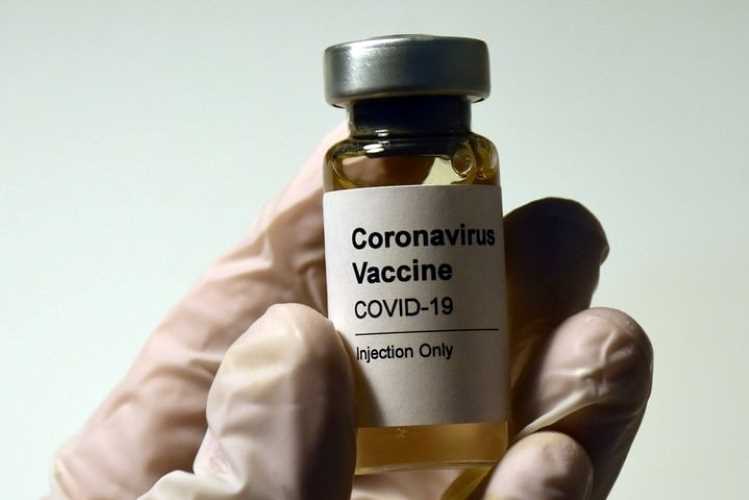
By Samrat Ray
India’s fight against the Covid-19 pandemic effectively employed an entrepreneurial university model with effective involvement of the government, industry and academia. The triple helix model of innovation was effectively used in the worst health emergency in more than 100 years. This proves that the model can influence policy making, even in emerging and underdeveloped economics. India’s growth trajectory with respect to science and technology makes an interesting study as the Narendra Modi government is rolling out the world’s largest vaccination drive. India’s research agenda has a post-colonial imprint, and is marked by neglect and dependence, traits of the pre-independence era.
Because of the long colonial rule, the post-independent India did not inherit the ancient wisdom of one of the oldest civilizations. The colonial government did not give any importance to scientific research. The post-independence period saw gradual changes in educational policy, inspired by the scholarly pursuits of the first prime minister Jawaharlal Nehru. Nehru went on an institution-building spree, and set up autonomous institutions such as IITs and IISc. Subsequently, greater emphasis was put on building universities and research centers of national importance which were built on the American model.
READ I Step up Covid-19 vaccination drive to stop the second wave
Later developments on the lines of the Bayh-Dole Act saw greater emphasis on the nexus of players and a patent system. However, the higher education system did not change from the colonial period, and revolved around state universities in Delhi, Kolkata, Chennai and Mumbai. It failed to follow the British academic system that moved away from the Oxfordian culture of integrated college education. The educational pillars were mostly centres of elite education with a flavor of colonialism that bred inequality.
The economic liberalization initiated in 1991 ushered in flexibility and private participation in education. It also resulted in better knowledge management practices that helped smooth integration into global economy amid the upheavals of the East Asian Economic Crisis. India’s greater exposure to global economy and the foreign direct investment inflows removed bureaucratic hurdles, giving the system a free market orientation.
READ I Back to basics: Kerala’s Covid-19 curve springs another surprise
Evolution of triple helix model
Researchers across the globe have realized the potential of the triple helix model of innovation and multidisciplinary approach to technological advancement in solving economic crises. The importance of the nexus between academia, industry and the government was realized by researchers like Henry Etzkowitz and Loet Leydesdorff. The three loops are independent of each other and play a pivotal role in bringing forth the vigor needed in educational and scientific discourses to produce Schumpeterian creative destruction, which is beneficial for the society.
Historically, the World War II saw the emergence of the nexus to produce impactful war technologies and weapons. The Cold War period subsequently saw the Soviet Union bring about singular helix structure dominated by state control over research and educational output, which was mostly exogenous in character and prescription. This made the country a global leader in space programme, nuclear energy and defence technology. After the fall of Soviet Union, the US moved into the Silicon Valley model of innovation that that saw knowledge spillovers from the top education and research institutions such as MIT and Bell Labs.
READ I Foreign Trade Policy: Protectionism without strong local industry may spell disaster
India’s triple helix foray
India is also moving in the direction with the formation of NITI Aayog which gave great impetus to incubation and entrepreneurial university structure. The emergence of triple helix model in the country relies on tacit knowledge mechanism rather than codified knowledge. The economic thinking of the Narendra Modi government blended well with the concept of entrepreneurial university structure with better spinoffs to create a sustainable growth platform, resilient enough for the war on Covid-19. The pandemic changed the theoretical perspectives of economic and public policy making. India came under stress during the initial period of the coronavirus outbreak when it lagged behind in basic necessities like antiviral products and equipment which were key to the fight against the pandemic.
The pandemic transformed India into an exporter of healthcare products like masks and the country spearheaded the production of vaccines with a triple helix formation involving industry start-ups, university researchers and governmental interventions. The government relaxed production patenting, publications and other logistical developments. The transformation was so rapid that India jumped into a position regarding vaccination and containment during the peak phases of the pandemic that the WHO and other world bodies praised its handling of the Covid-19 pandemic.
The industry-academia-government nexus played a pivotal role in speeding up the development and trial of vaccines. The results were excellent and India started exporting vaccines to countries such as Brazil and Canada, reversing the trend of import of health technology and boosting the country’s international standing. The knowledge spillover from great institutions was instrumental in bringing a nationalistic flavor to the growth of the triple helix model that helped India during the Covid-19 outbreak and the resultant economic crisis.
(The author is a senior research fellow at Peter the Great Saint Petersburg Polytechnic University, Russia.)
